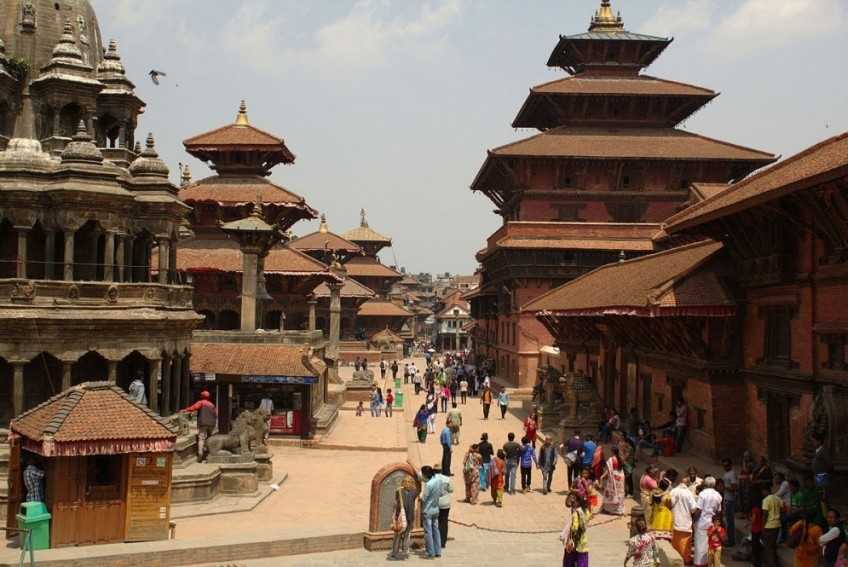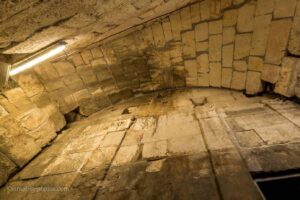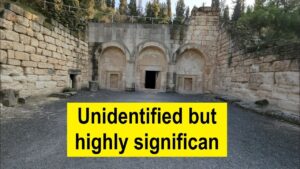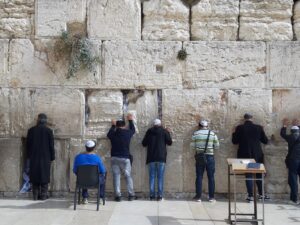Patan Durbar Square: Historic Landmark in Patan
Nestled in the heart of the ancient city of Patan, also known as Lalitpur, Patan Durbar Square is a stunning testament to Nepal’s rich cultural heritage. This UNESCO World Heritage Site is a must-visit for anyone interested in history, architecture, and the vibrant traditions of Nepal. With its intricate temples, palaces, and courtyards, Patan Durbar Square offers a glimpse into the artistic and architectural prowess of the Newar people.
What to See
Patan Durbar Square is a treasure trove of historical and architectural wonders. The square is home to several notable structures, including the Krishna Mandir, a temple dedicated to Lord Krishna, which is renowned for its exquisite stone carvings. The Hiranya Varna Mahavihar, also known as the Golden Temple, is another highlight, with its stunning golden facade and intricate woodwork.
The Patan Museum, housed in a former royal palace, is a must-visit for those interested in learning more about the history and culture of the region. The museum showcases a vast collection of traditional Nepalese art, including bronze statues, religious artifacts, and ancient manuscripts.
As you wander through the square, you’ll also encounter the Taleju Bhawani Temple, the Bhimsen Temple, and the Vishwanath Temple, each with its own unique architectural style and historical significance. The square is a living museum, where you can witness the daily life of locals and the vibrant cultural practices that have been preserved for centuries.
A Bit of History and Interesting Facts
Patan Durbar Square has a rich history that dates back to the 3rd century BC, when the city of Patan was founded. The square itself became a prominent center of power during the Malla period, from the 14th to the 18th centuries, when it served as the royal palace complex for the Malla kings. The architecture of the square reflects the artistic achievements of this era, with its intricate wood carvings, stone sculptures, and pagoda-style temples.
One interesting fact about Patan Durbar Square is that it was once a bustling trade center, attracting merchants from as far away as Tibet and India. The square’s strategic location along ancient trade routes contributed to its prosperity and cultural exchange.
Despite the devastating earthquake in 2015, which caused significant damage to many of the structures, Patan Durbar Square has undergone extensive restoration efforts to preserve its historical and cultural significance. Today, it stands as a symbol of resilience and a testament to the enduring spirit of the Nepalese people.
How to Get There and Tips for First-Time Visitors
Patan Durbar Square is easily accessible from Kathmandu, the capital city of Nepal. The square is located about 5 kilometers south of Kathmandu’s city center, and you can reach it by taxi, local bus, or even by renting a bicycle for a more adventurous journey. The drive takes approximately 20-30 minutes, depending on traffic.
For first-time visitors, it’s advisable to visit the square early in the morning or late in the afternoon to avoid the crowds and enjoy a more peaceful experience. The entrance fee for foreign visitors is around NPR 1,000, which contributes to the ongoing restoration and preservation efforts.
When visiting Patan Durbar Square, take your time to explore the narrow alleys and hidden courtyards that surround the main square. These areas are filled with local artisans, traditional shops, and charming cafes where you can relax and soak in the atmosphere.
Remember to dress modestly, as many of the temples and religious sites require respectful attire. It’s also a good idea to hire a local guide, who can provide valuable insights into the history and significance of the various structures within the square.
Patan Durbar Square is not just a place to see; it’s an experience that immerses you in the rich tapestry of Nepalese culture and history. Whether you’re a history buff, an architecture enthusiast, or simply a curious traveler, this historic landmark is sure to leave a lasting impression.








